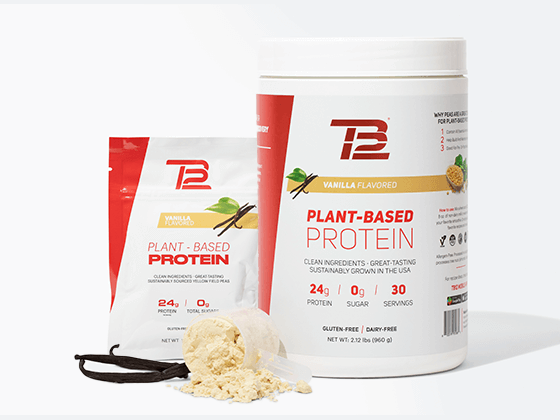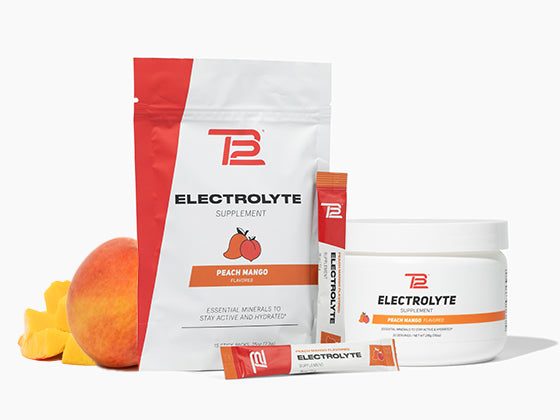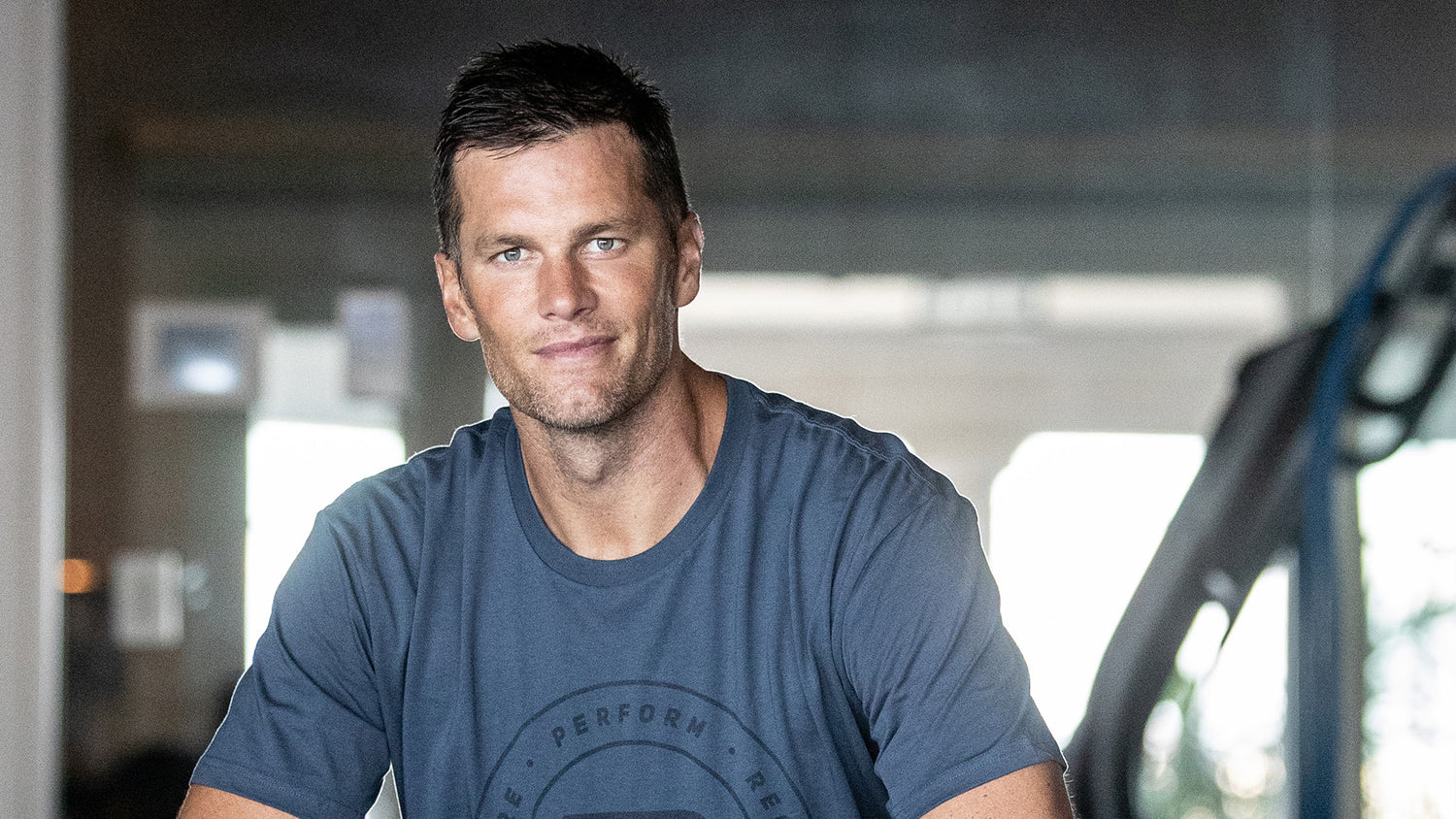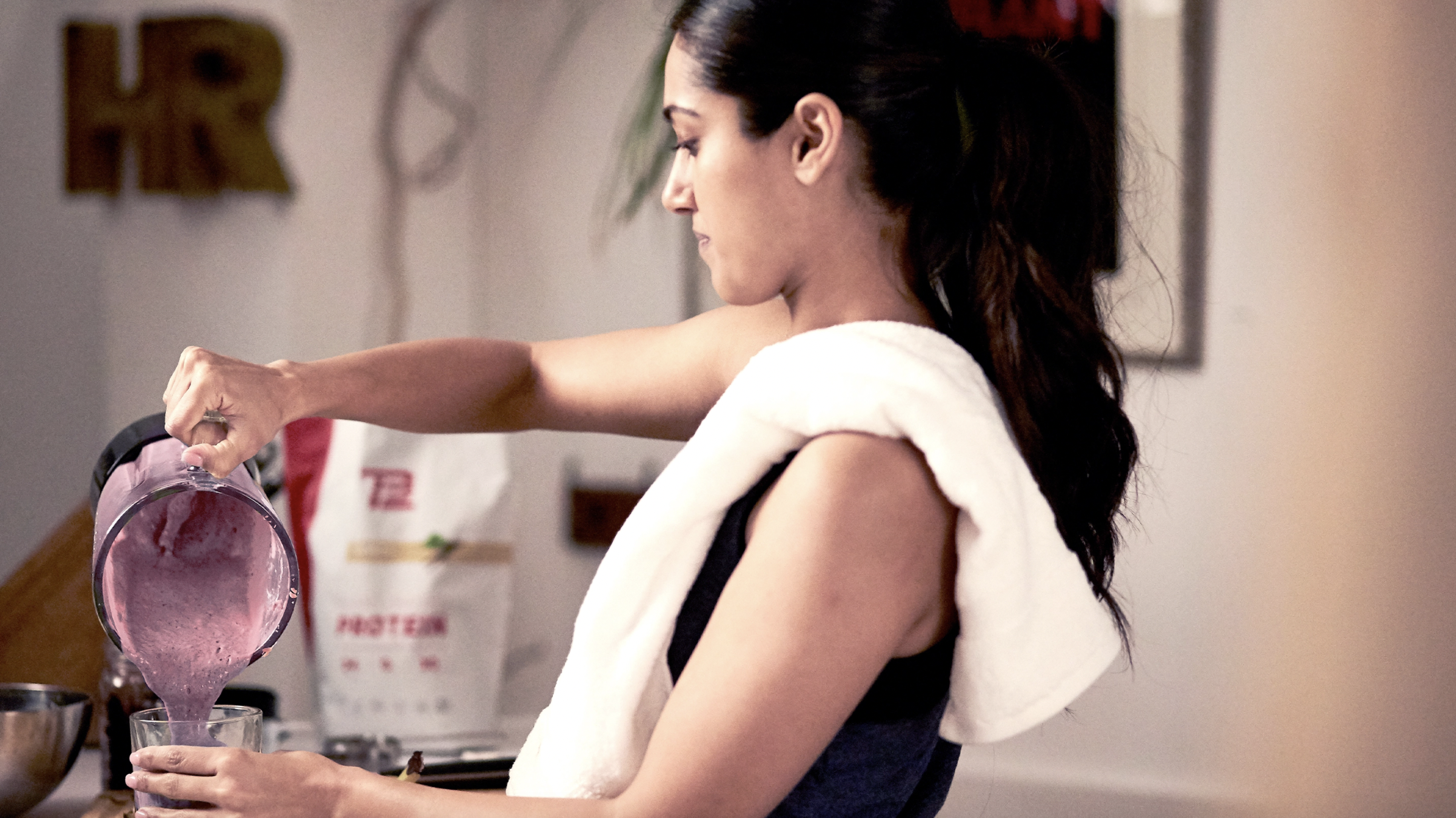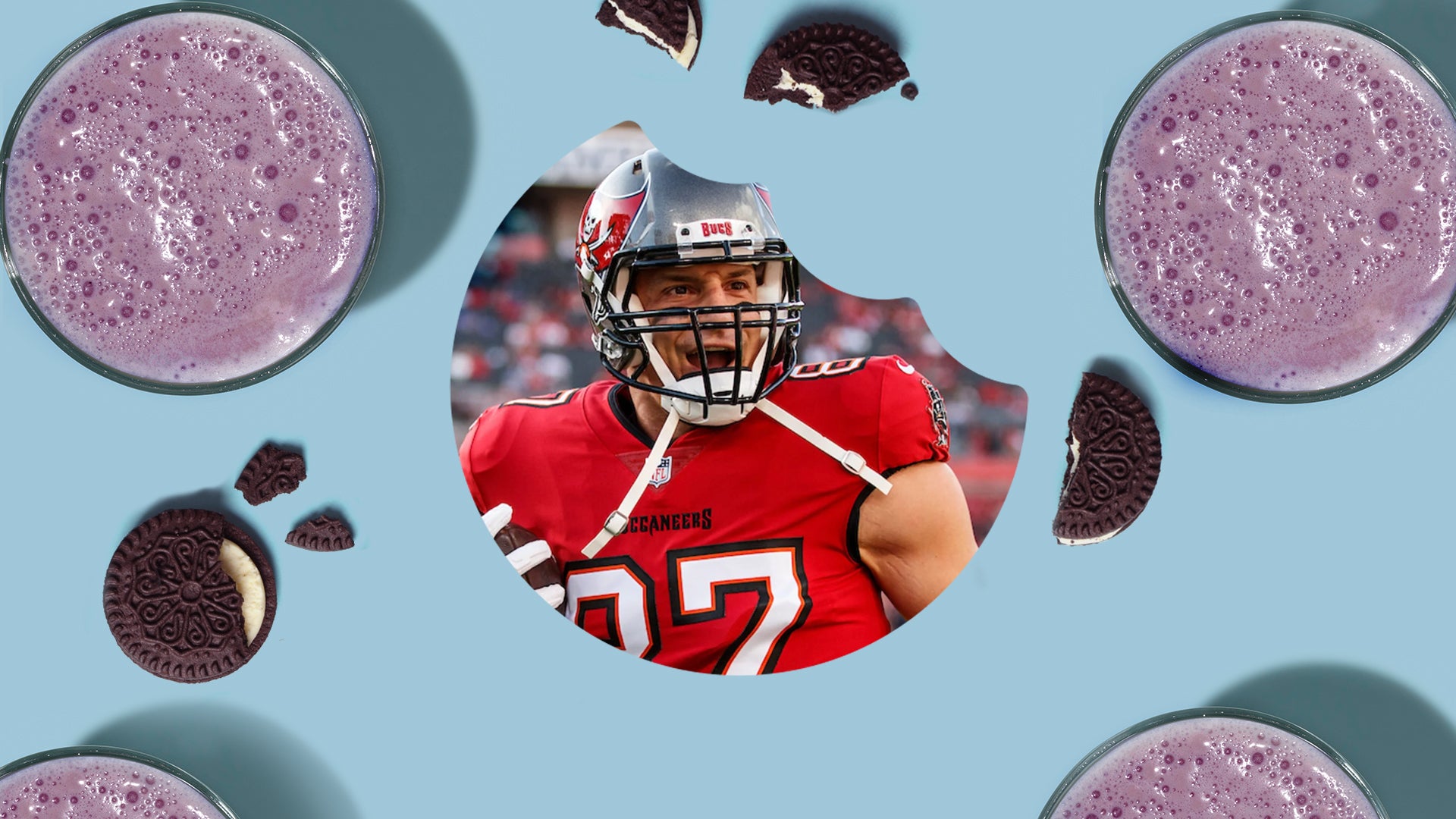WITH SEVEN Super Bowl wins under his belt, there’s no doubt Tom Brady is doing something right with his preparation, including his nutrition. But what exactly is he doing, and why? What does Tom Brady eat and drink? With his focus on a plant-based diet, where does he get his protein?
And does Tom’s way work for everyone? Keep reading for information about:
- The myths surrounding Tom Brady’s nutrition
- Tom Brady’s plant-based lifestyle
- What Tom Brady doesn’t eat (usually)
- How to fuel your body like Tom Brady
Is Tom Brady a vegan? (And other myths)
A lot of people think they know what Tom Brady eats and why, but there are many misconceptions! Tom is often mischaracterized as a vegan. Although he puts a lot of greens on his plate, Tom has adopted more of a flexible diet.
“When people ask if I’m a vegan or a vegetarian,” Tom says, “I tell them no, decidedly not.”
In fact, Tom’s meals consist of roughly 80 percent plant-based foods and 20 percent animal-based foods. In months outside of the cold New England winter, that 80 percent might stretch up to 90 or 95 percent.
One plant-based food Tom Brady avoids, however, is the strawberry — and for a long time, the world wasn’t sure why. In fact, until a 2018 episode of the Colbert Report, Brady had never eaten a strawberry. While many people believe Tom Brady’s eating habits are “ultra-strict” (even though – as you’ll see below – the truth is very different) the real reason Brady doesn’t eat strawberries has nothing to do with nutrition. He just doesn’t like the smell.
But let’s get back to the big question: what does Tom Brady eat, and why?
What does Tom Brady eat?
First things first — Tom follows a predominantly plant-based diet, which he calls “commonsensical.” People all over the world have practiced and recommended a plant-based diet — from the Jains of the Indus River Valley to the Orphics of Ancient Greece.
The reason he follows a plant-based diet is simple: fruits and vegetables are high in nutrients, fiber, and enzymes. In a nutshell, athletes need nutrients to fuel their bodies, and fruits and vegetables provide those nutrients without many of the negative side-effects of ultra-processed foods.
Despite his enthusiasm for a plant-based lifestyle, Tom Brady also eats meat. “Just not that much,” he notes. “If anything, I subscribe to balance.” A balanced lifestyle for Tom means limiting meat to a small portion of his meals and maximizing vegetables and grains.
A typical day in the life of Tom Brady
Brady’s day typically starts at 6:00 a.m. His immediate focus is loading up on electrolytes and nutrients. “I wake up and drink 20 ounces of water with electrolytes,” he says. After that, a high-calorie, high-fat, high-protein smoothie follows. The usual fare is bananas, blueberries, nuts, and seeds.
After about two hours, Tom starts his daily training session. At roughly 20-minute intervals throughout his workout, he’ll drink more water with electrolytes, but he won’t eat again until the workout is complete — around 11:00 a.m. At that time he wraps up the session with a quick and easy recovery drink: one scoop of plant-based protein powder in almond milk.
Around noon, Tom assembles his lunch according to his core principle of “mostly plants.” About 20 percent of his plate is a healthy protein (like a piece of fish), and the rest is vegetables — “lots of vegetables,” he notes — whole grains, and dark leafy greens. For the rest of the day, it’s nuts and seeds as a snack, 2 to 3 more protein shakes, a plant-packed dinner, and — not infrequently — a steaming cup of bone broth.
How to fuel your body like Tom Brady
Following Tom’s nutritional footsteps is simple.
Step #1: Optimize your hydration
- First thing in the morning, drink 20 ounces of water with TB12 Electrolytes.
- Hydrate and replenish electrolytes frequently while you work out to replenish fluid lost during exercise.
- Drink at least one-half of your body weight in ounces of water daily.
Step #2: Master your meals
- Be mentally prepared to leave the table feeling 75 percent full, and then stop eating when you reach this point. This enables your body to absorb and digest your food more easily.
- At lunch and dinner, follow the 80/20 rule: fill up 80 percent of your plate with vegetables and greens, and the remaining 20 percent with a lean protein (such as fish or organic chicken).
- Try to eat only real, whole foods — these are foods that were grown, not manufactured. Rule of thumb: if it’s in a box or a bag, it belongs there — don’t take it out.
- Take a multivitamin. Nobody’s perfect, and you never know what you may have missed.
Step #3: Integrate food into your workouts (the right way)
- Fuel your body before your workout by drinking a high-calorie, high-protein, high-fat smoothie or shake. (If you really want to fuel like Tom, add walnuts, acai powder, and hemp or chia seeds.)
- Jumpstart your post-workout recovery by having a protein-packed shake after exercise.
If you’re looking to eat more like Tom, start with the 80/20 rule outlined above... make sure 80% of your plate consists of plant-based food, with the other 20% representing animal product. This will help insure you are reducing any unnecessary inflammation, giving you the energy to recover faster and perform better.

